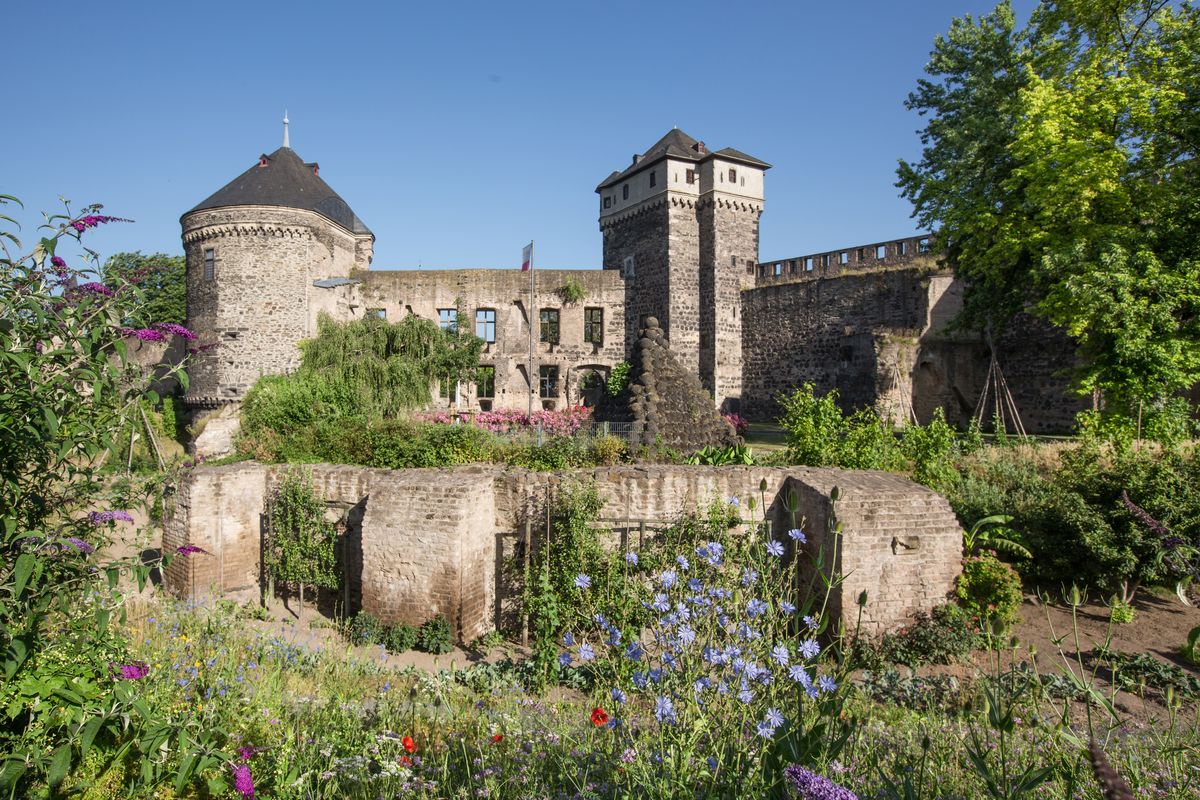These cities turned parks into orchards where anyone can pick free

The city of Andernach, Germany, planted 101 varieties of tomatoes in the town center and told everyone to pluck and take whatever they wanted.
It was such a hit, the following year the city did the same with beans. The next year, it was onions. After that, the city planted fruit trees, lettuce, zucchini, berries and herbs. All were free to anyone who lived or happened to be in the town of 30,000 people.
The town, which sits in the Rhine River Valley, has an unofficial motto: “Picking is encouraged – help yourself.”
It’s one of a growing number of places across the globe known as edible cities. In the United States, there are public lands from Seattle to North Carolina where people are welcome to pick and take from fruiting trees and bushes.
Organizers interviewed for this article said there has never been a problem with people taking more than they need, whether they grab a single pear or a bag full of potatoes and artichokes. Every year, there is more than enough produce to go around.
“Many here are very proud when you talk to them about our edible city,” said Bettina Schneider, 29, city team coordinator for the Edible Cities Network in Andernach.
When word got out that Andernach’s public gardens and orchards – which started in 2010 – were free for the picking, other cities in Germany and throughout the European Union joined in, she said. Now the Edible Cities Network is funded by the European Commission, th e executive body of the E.U.
The areas that were converted into fruiting gardens and orchards in Andernach were previously overgrown and unkempt, so the gardens were well received, Schneider said, noting that a medieval moat is now covered with peach, almond and pear trees, and vacant spaces near schools have been transformed into community vegetable patches. (Andernach, founded by Romans in 12 B.C., is one of Germany’s oldest towns.)
Since 2018, Andernach has been part of the Edible Cities Network. The network is a group of about 150 cities worldwide with fruit trees and vegetable gardens in public places for anyone to access free of charge, said Marisa Pettit, a coordinator for Edible Cities.
“Every partner organization in the project receives funding from the EU budget to carry out their work,” Pettit said.
Pettit said that several cities also receive funding for what Edible Cities calls “living labs” – green spaces where residents can hold community events and develop their own plans to help their urban gardens to thrive and produce bountiful harvests.
Edible Cities is now supporting a community garden in Cuba, while cities in China, Tunisia, Togo and Uruguay are also developing plans for urban food forests, said Ina Säumel, a principal investigator for the Edible Cities Network.
“Public green natural spaces in cities are incredibly valuable, and even more so as temperatures rise and cities become more densely populated,” Säumel said.
Edible Cities is trying to encourage people to get involved in their urban parks rather than only think of them as passive places, Säumel said.
Many U.S. cities have similar projects.
Detroit has urban farming, Philadelphia has food forests, and there are edible community projects in Atlanta and Los Angeles. All rely on volunteers to do the weeding, pruning and planting.
Smaller cities such as Bloomington, Indiana, and Hyattsville, Maryland, also have fruit trees and vegetable gardens that can be accessed by anyone.
At the Dr. George Washington Carver Edible Park in Asheville, North Carolina, founded more than 20 years ago, residents can harvest whatever they like from 40 varieties of fruit and nut trees, said Lynx Bergdahl, a community organizer at Bountiful Cities, the nonprofit that helps manage the food forest.
“Anyone can get whatever they want, when they want it,” said Bergdahl, 33. “This is about taking away as many barriers as possible to create public food access, whether somebody wants a single apple or an entire basket.”
In Seattle, the neighborhood of Beacon Hill turned a steep slope next to a public park into an edible landscape in 2012 through a partnership with the city.
The Beacon Food Forest recently celebrated its 10th anniversary as a diverse community garden that is open to anyone, said Elise Evans, a project volunteer.
“We have seven acres to work with and we’ve used about half that so far,” said Evans, noting that the forest has more than 1,000 plants and trees, with everything free for the picking.
“To create something from a blank hillside was a big deal,” she said. “Our harvest truly offers something for everyone and it’s based on trust. People take what they need and are fed for free, and that’s an empowering feeling.”
More than 5,000 miles away from Seattle, Schneider said that’s what Andernach had in mind when tomatoes and fruit trees were first planted in public spaces tucked around the city’s medieval walls.
“A large number of unusual plants can grow here, so we now have banana trees, crunchy almonds and pomegranates,” Schneider said.
Like everything else, they’re available to early risers and late-night ramblers alike, she said, “no questions asked.”